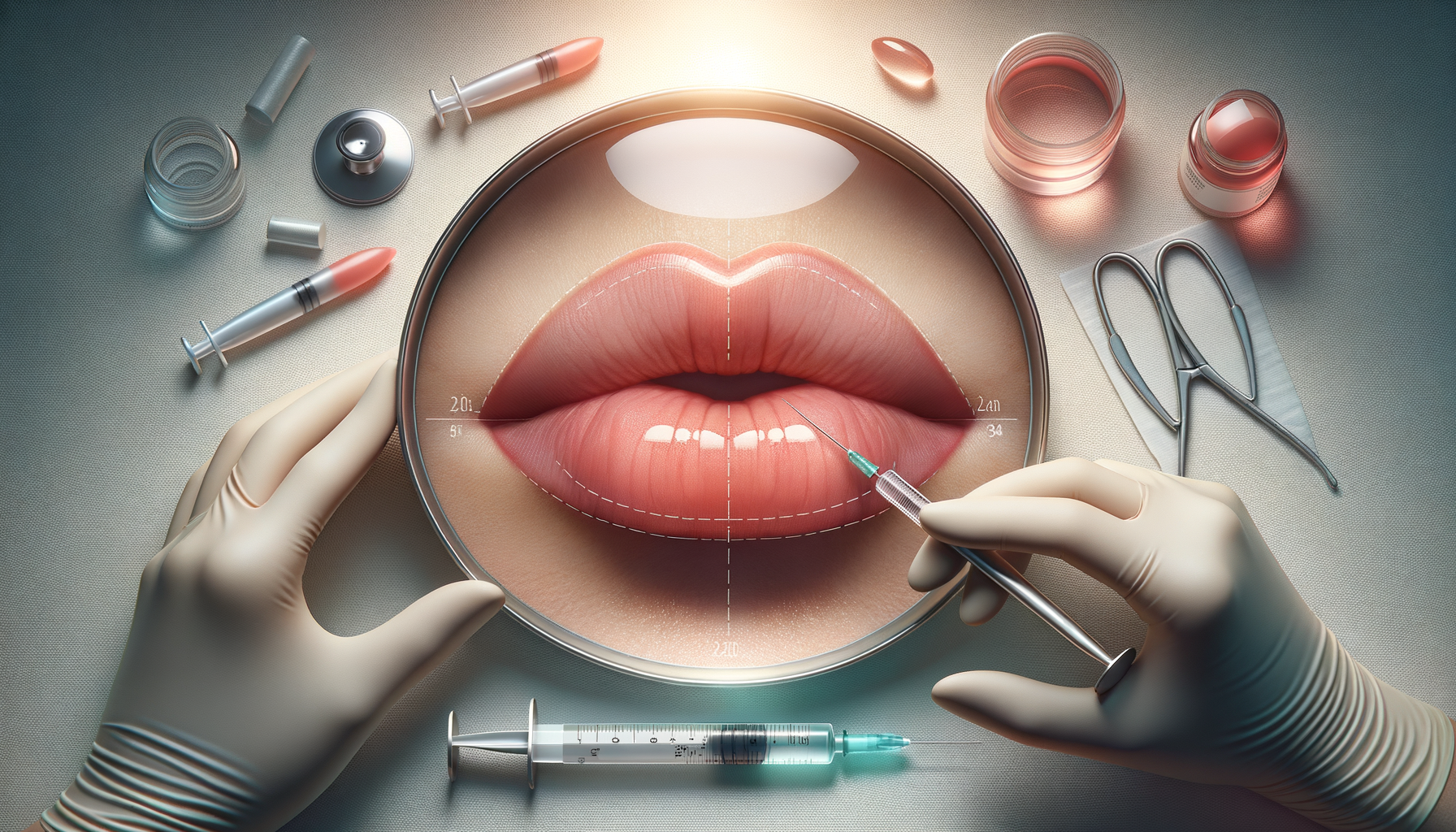What I Wish I Knew Before Getting Lip Fillers: 8 Insider Tips
Understanding Lip Fillers: An Overview Lip fillers have become a popular cosmetic procedure for those seeking fuller, more defined lips. This minimally invasive treatment involves injecting dermal fillers into the lips to enhance their volume and shape. The primary substance used in these fillers is hyaluronic acid, a naturally occurring substance in the body that

Understanding Lip Fillers: An Overview
Lip fillers have become a popular cosmetic procedure for those seeking fuller, more defined lips. This minimally invasive treatment involves injecting dermal fillers into the lips to enhance their volume and shape. The primary substance used in these fillers is hyaluronic acid, a naturally occurring substance in the body that helps maintain skin hydration and elasticity. Understanding the science behind lip fillers can help set realistic expectations and ensure a satisfactory outcome.
Hyaluronic acid fillers are favored for their ability to provide a natural look and feel. They are temporary, with effects lasting between six to twelve months, depending on individual metabolism and lifestyle factors. This temporary nature allows individuals to try out different looks and adjust their appearance over time.
Before considering lip fillers, it’s crucial to consult with a qualified and experienced practitioner. A thorough consultation will help determine if lip fillers are suitable for you, discuss your aesthetic goals, and outline any potential risks or side effects. This initial step is vital for ensuring a safe and successful procedure.
Preparing for Your Lip Filler Appointment
Preparation is key to achieving the desired results with lip fillers. Before your appointment, there are several steps you can take to ensure the process goes smoothly. First, avoid blood-thinning medications and supplements, such as aspirin, ibuprofen, and vitamin E, for at least a week prior to the procedure. These substances can increase the risk of bruising and bleeding at the injection site.
Additionally, it’s advisable to limit alcohol consumption and avoid smoking in the days leading up to your appointment. Both can affect the healing process and potentially prolong recovery time. Staying hydrated and maintaining a healthy diet can also contribute to better outcomes.
On the day of your appointment, make sure to arrive with a clean face, free of makeup and skincare products. This helps reduce the risk of infection and allows the practitioner to work with a clear view of your natural lip shape. Being well-prepared can ease any anxiety and ensure a more comfortable experience.
The Lip Filler Procedure: What to Expect
Understanding what happens during the lip filler procedure can help alleviate any concerns or fears. The process typically begins with a consultation, where the practitioner will assess your lips and discuss your desired outcome. They may take photographs for reference and to track your progress.
Once you’re ready, the practitioner will cleanse the area and apply a numbing cream to minimize discomfort. The actual injection process is relatively quick, usually taking about 15 to 30 minutes. The practitioner will use a fine needle or cannula to inject the filler into specific areas of the lips, carefully sculpting them to achieve the desired shape and volume.
Most patients experience minimal discomfort during the procedure, thanks to the numbing cream and the practitioner’s skill. After the injections, the practitioner may gently massage the lips to ensure even distribution of the filler. You may notice immediate results, although some swelling and bruising are common and should subside within a few days.
Post-Procedure Care and Recovery
Proper aftercare is essential for achieving the best results with lip fillers. After the procedure, it’s important to follow your practitioner’s instructions to minimize swelling and ensure a smooth recovery. Applying ice packs to the treated area can help reduce swelling and discomfort.
Avoid strenuous exercise, excessive heat, and direct sun exposure for at least 24 to 48 hours post-procedure. These activities can exacerbate swelling and prolong recovery time. Staying hydrated and maintaining a healthy diet can also aid in the healing process.
It’s normal to experience some bruising and tenderness in the days following the procedure. Over-the-counter pain relievers, such as acetaminophen, can help alleviate any discomfort. If you notice any unusual symptoms or have concerns, don’t hesitate to contact your practitioner for advice and reassurance.
Evaluating the Results and Considering Touch-Ups
Once the initial swelling has subsided, you can fully appreciate the results of your lip filler treatment. It’s important to remember that everyone’s body reacts differently to fillers, and the final outcome may vary from person to person. If you’re pleased with the results, you may want to consider scheduling regular touch-ups to maintain the look.
Touch-ups are typically recommended every six to twelve months, depending on how quickly your body metabolizes the filler. Regular maintenance can help ensure your lips retain their desired shape and volume. During follow-up appointments, you can discuss any adjustments you’d like to make and explore new options for enhancing your appearance.
Ultimately, the decision to pursue lip fillers is a personal one. By understanding the process, preparing adequately, and following post-procedure care, you can achieve a look that enhances your natural beauty and boosts your confidence.